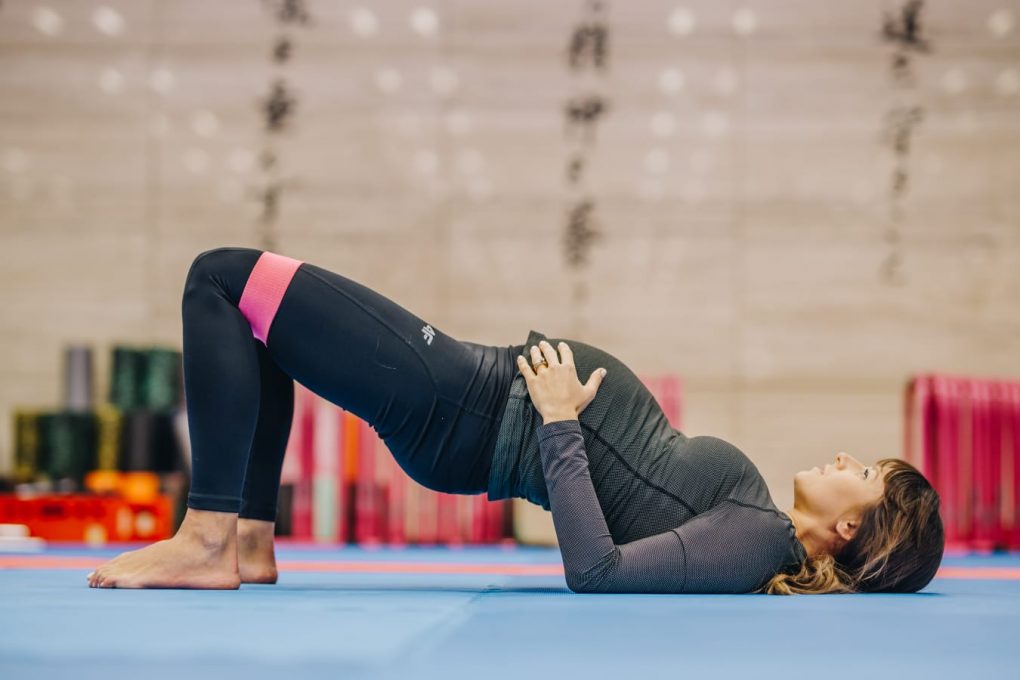
Can you work out on your back during pregnancy?
Changes in the body that occur during pregnancy may hinder the ability to perform some physical exercises. It is worth taking this fact into consideration if you want to exercise.
Body Changes in Pregnancy
Increasing body weight and changing its distribution (including a change in center of gravity!) can affect balance and coordination, which makes the easiest exercises a challenge. However, the most important fact is that some of them are dangerous during pregnancy.
The ligaments and joints around the pelvis begin to relax as pregnancy develops, preparing the body for delivery. For this reason, you should avoid exercises that may pose risks such as bouncing, abrupt movements, quick change of side or position, fast rotations.
I’ve mentioned in my earlier posts that physical activity is very important during pregnancy. However, you should consider not only the benefits of exercise and muscle strengthening, but also the requirements of ACOG (American College of Obstetricians and Gynecologists) described below. Remember that any activity during pregnancy should be approved by the attending physician. Only this specialist can determine if you have any contraindications for the workouts you’re planning to do.
Where to start?
Pregnant women often ask if they can exercise on their back. The answer is ambiguous – it depends! The basic questions that future mothers should ask themselves and specialists before exercising and choosing the form of the workout:
- Which trimester am I in now?
- Do I feel well?
- What exercises are best for me?
It is not recommended to perform resistance exercises while lying on the back. According to ACOG, after the first trimester of pregnancy you should avoid exercising on the back, as this may reduce blood flow to the uterus. The supine / flat position can cause the uterus, which is increasing in weight, to potentially compress the vena cava that carries blood from the lower body to the heart, thereby restricting normal blood circulation throughout the body. In addition, the pressure of the growing baby can compress this vein and reduce the amount of oxygen delivered to the fetus. Remember, however, that everything depends primarily on the size of the stomach and the well-being of the pregnant woman.
You should also remember that an alternative to exercising on your back can be a bench set at a proper angle or a gym ball.
Pregnant women may experience discomfort, hot flushes, shortness of breath or dizziness, they may even feel faint. However, for a change, some women feel very well and do the exercises both in the first trimester of pregnancy and at the beginning of the second, because they feel completely well. However, specialists suggest that you maintain extra security despite your well-being.
Exception proves the rule
The basic exercise, which we do on the back is high-hips, i.e. lifting the hips up while tightening the gluteus muscles, strengthening the legs and spine. This exercise should be done with great caution, taking into account the way of taking a standing position after exercise: it is best to start with the transition to the side and slowly get up without involving the abdominal muscles, which occurs when standing up directly from the lying position.
You can find safe workouts for pregnant women on my DVD, but soon they will be available in my app Diet&Training by Ann 🙂
Bibliography:
https://www.acog.org/Patients/FAQs/Back-Pain-During-Pregnancy?IsMobileSet=false










Comments No Comments
Join the discussion…